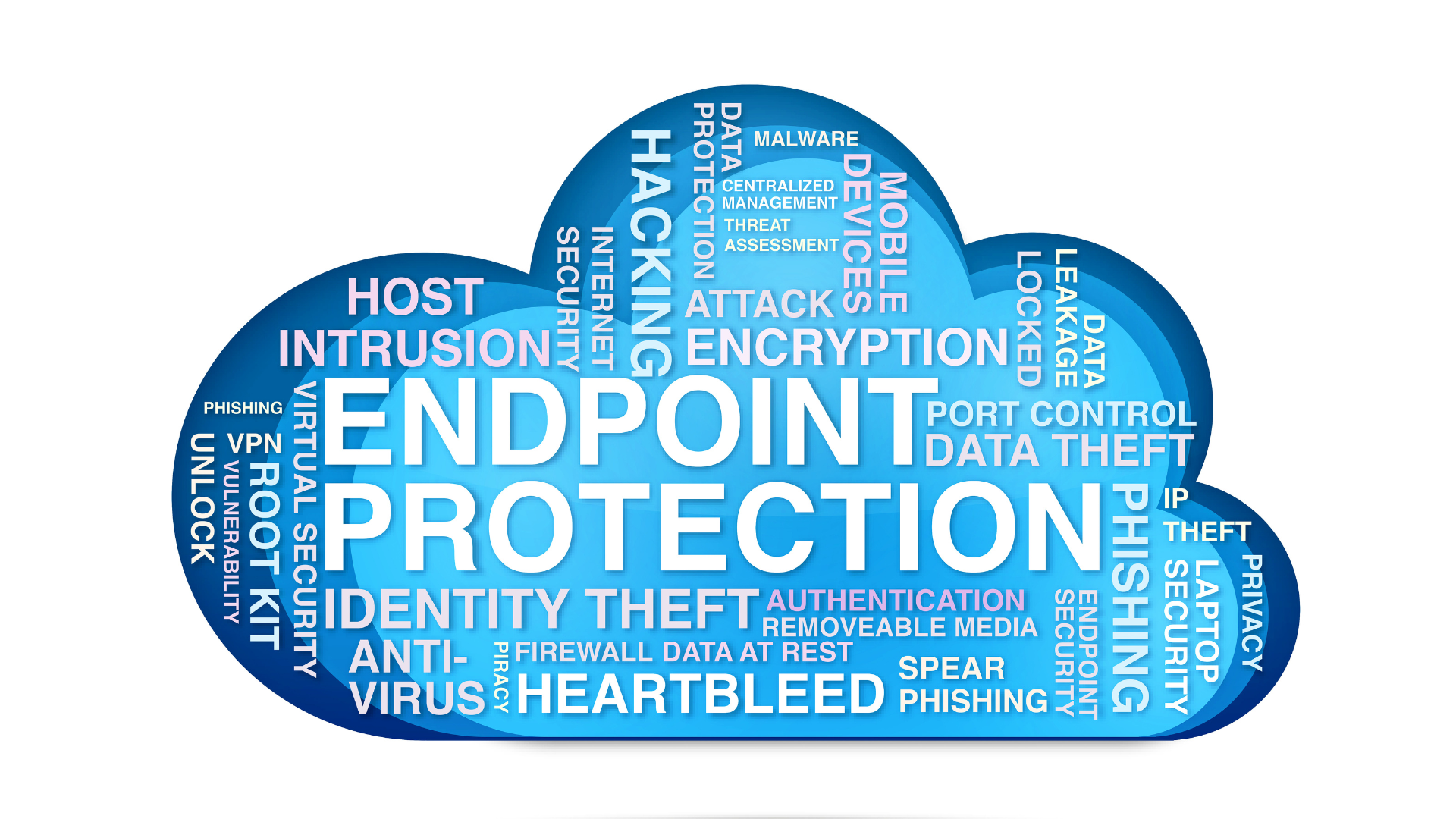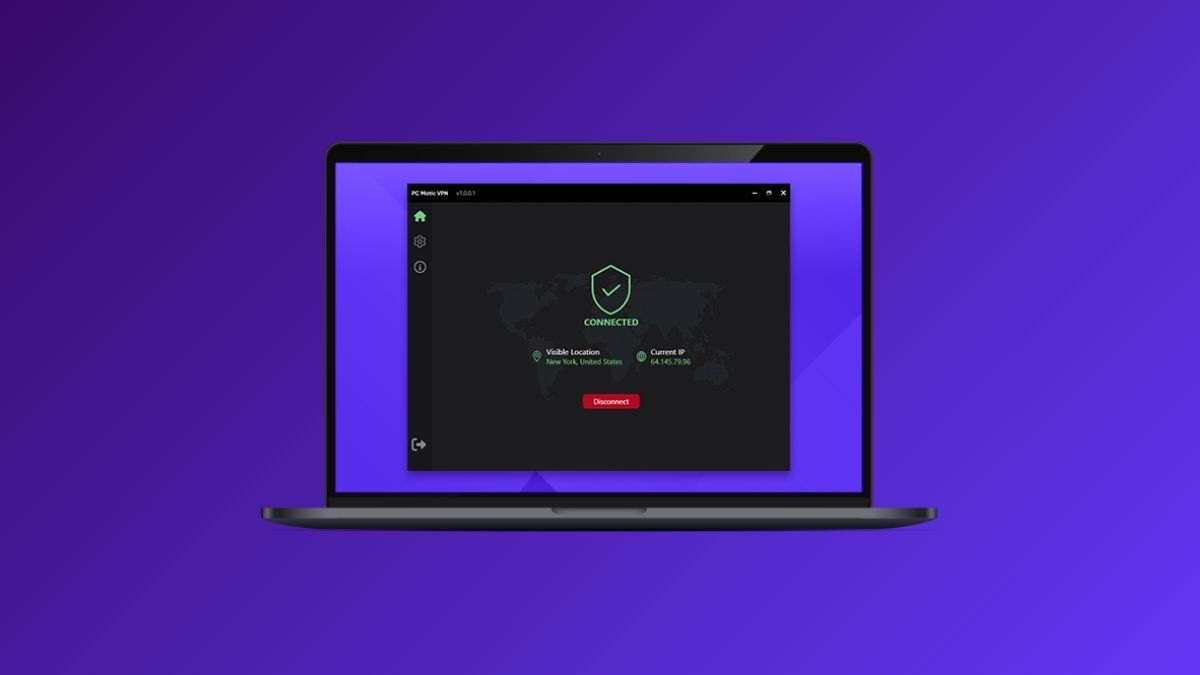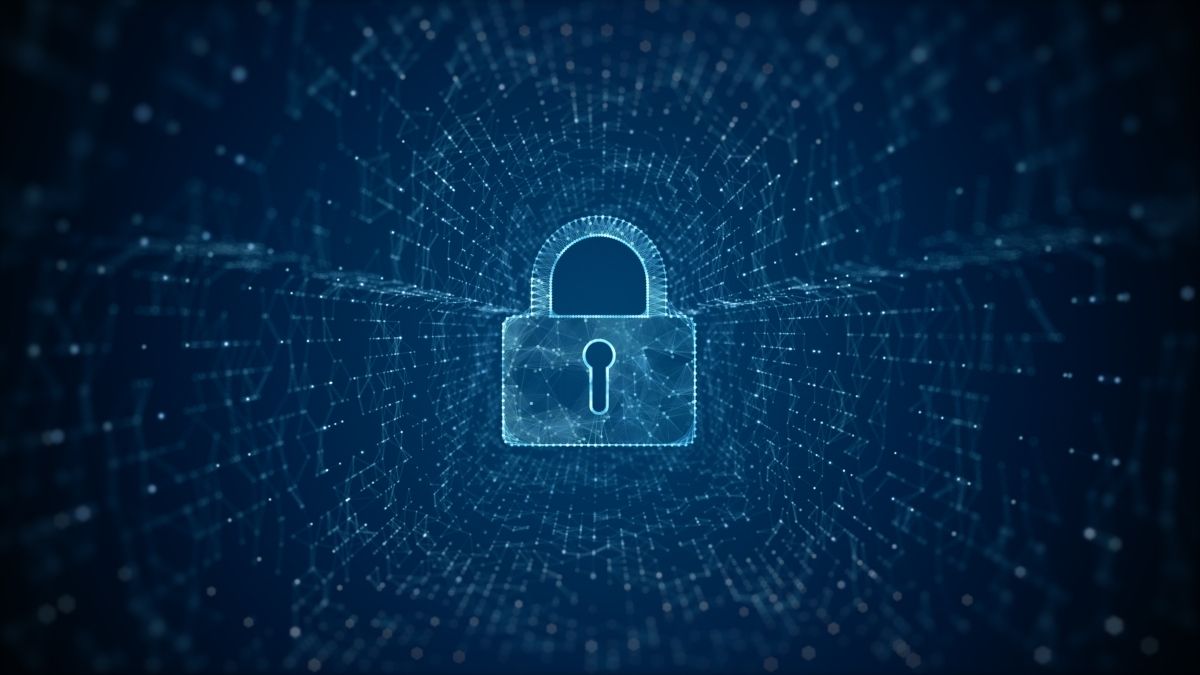There are a lot of things you need to consider if you want to keep your devices as systems safe, whether you’re an individual just looking to protect your own devices, or a cybersecurity professional trying to protect an entire network from cyberattacks.
The truth is that different kinds of cyberattacks are being created all the time, and there is new malware being developed that can exploit any known vulnerabilities in your firewall and devices.
There are a lot of different things you should consider when you’re trying to protect your mobile devices, laptops, desktops, and other devices from threats. Endpoint security is one of the keys to maintaining cybersecurity and keeping your devices safe and preventing the worst attacks.
Here’s what you need to know about endpoint security, why it matters, and why everyone who uses the internet should be looking for good endpoint security solutions.
What Is Endpoint Security: The Basics
Endpoint security refers to any system that helps to protect endpoint user equipment. Basically if it’s something that you can personal use and interact with, as opposed to the networks and support systems that work in the background, it’s an endpoint device.
So endpoint devices include smartphones, laptops, desktops, internet-enabled mobile devices, and almost anything that connects directly into the internet.
There are also starting to be more threats that can exploit other kinds of connections, including bluetooth, which means that good endpoint security systems need to be able to detect more than one type of entry point to offer full protection.
For a lot of people endpoint security isn’t that complicated. It can be your traditional antivirus software, along with some awareness of security risk from phishing emails or opening risky files.
Unfortunately, while endpoint security can seem simple at a first glance, it’s a lot more complicated than you might expect, and endpoint security breaches are where a lot of the most common cyber threats get started.
Why Do You Need Endpoint Security Systems On Your Devices?
The unfortunate truth of the world we live in is that there are a lot of people ready and willing to profit off of others, either because they don’t see an alternative, or because exploiting weaknesses in technology is an easy and relatively fast way to profit.
There are a lot of different kinds of cyber threats out there, and we’ll talk more about the different types of threats later on.
The other big reason that everyone needs to have anti malware or other endpoint security systems is that cybercriminals aren’t careful about who they target, and often can’t direct their attacks with any precision.
Basically that means that most cybercriminals are going to look for an opportunity to access systems, without really caring what kind of system they are getting into or who is being impacted.
That’s because, regardless of who is affected, if they find a weakness and exploit it they can access potentially valuable information, or take control of that device in a way that ultimately profits them.
If you’ve heard about the big ransomware attacks in the last few years, you’ve seen this in action. It’s not that the corporations and health systems that have been attacked with ransomware were specifically targeted by cybercriminals, it’s that they had inadequate security systems that didn’t fully protect them from security risks.
The threat landscape for internet-enabled devices is always changing, and hackers and other cybercriminals are always finding new ways to access your end-user devices. The internet of things, which refers to the ways more and more devices like lights, locks, security cameras, and even cooking appliances are linked to the internet and controlled by apps, makes this kind of hacking more appealing. All of those devices connected to the internet of things aren’t going to have the same level of protection as most personal computers or phones, which can make them a tempting and less secure entry point into a network. That could be your home network, all the way up to massive enterprise networks.
It’s the job of security system providers to stay on top of the threat landscape, understand the kind of attacks they need to protect against, and help mitigate or eliminate security threats before they can impact your devices.
Unfortunately, cybersecurity almost always lags behind the software cybercriminal use to access devices. That’s because modern malware often takes advantage of machine learning to discover new ways to evade firewall protection and access devices.
The other big reason that you need to have endpoint protection software is that cloud-based apps, operating system, and basically anything in your device that needs regular updates can be made accidentally vulnerable by an update that includes a security risk. While zero-day exploits are generally rare, hackers are always looking for easy access to your system, and without protection, you are vulnerable to zero-day attacks after updates.
What Is A Zero-Day Attack
Zero day attacks are when cybercriminals and hackers are able to find and exploit a weakness introduced into software before the developers are able to find and fix the problem.
Endpoint security tools are often designed specifically around preventing known zero-day problems, as well as protecting other known points on entry, and using endpoint detection to spot and isolate malware before it has a chance to spread and cause harm.
What Is EDR?
If you’re new to the cybersecurity world, or this is the first time you’ve been thinking about endpoint security, you might be confused when you see people talking about EDR, but this is an important term to understand. EDR refers to endpoint detection and response.
Endpoint protection platforms that offer EDR are the gold standard when it comes to protecting devices and preserving network security. EDR is particularly important for employers who use a BYOD system (bring your own device) since endpoint devices can introduce vulnerabilities to your work network if they access your system without adequate protection.
What Is The Difference Between A Firewall And Endpoint Security?
It’s easy to be confused by these small differences. Firewalls are a subset of endpoint security, but they aren’t the only part of endpoint security, and a good security system that is comprehensive should include more than just a firewall.
Firewalls prevent malware from getting into your system in the first place. But they aren’t perfect, and since the threats to endpoint devices are always evolving, firewalls are also always evolving. That evolution and change both introduces fixes and can also introduce weaknesses and points of failure.
Endpoint security should include all elements of EDR, which includes data breach detection, and responses that isolate or remove the malware.
Depending on the malware, detection and isolation may be more difficult, which is why critical security breaches tend to get updates to fix them as quickly as possible, because not all attacks can be fully recovered from once they happen.
What Kinds Of Malware And Cyberattacks Are There, And Why Should I Be Concerned?
There are a few different kinds of attack that can hit connected devices.
Here are a few examples for you to consider:
- Control attacks: This kind of attack seeks to install a program on your device (malware) that gives the hacker some level of control over that device. They could have direct control over a specific program, might be able to turn connected devices (like cameras and microphones) on or off, application control so they can use your device to do things they don’t want recorded on their device. Or they could use the processing power from your device to accomplish other tasks. There are a lot of reasons a hacker might want to using a control attack and gain access to your devices, but none of them are good for you. These range from relatively simple malware programs to advance threats that are difficult to isolate or remove once installed.
- Phishing: Phishing isn’t necessarily a program or a bit of malware, it can also rely on social engineering to get people to provide information they wouldn’t normally give to a stranger. That can include personal identifying information like your name, address, or social security number, it could be the passwords you use on social media, or logging in to your bank, or on to your workplace’s corporate network, or, most often, it could be information about your credit cards and how to access your financial information. This can look like an email making a request, a message offering you a job you didn’t apply for, or even a video your friend sent you that actually gives the hacker control over your social media accounts.
- Ransomware: Ransomware attacks are designed to invade your device and then lock it until the program receives an outside signal from the hacker than releases it. Typically done literally for a ransom of a certain amount of money or a piece of valuable information. However, not all ransomware is designed so that the device can ever be unlocked after it’s been taken for ransom. So even if you pay the hacker and meet their demands, there’s no guarantee you’ll get your device back.
- Monitoring: The last type of malware we’re going to talk about here is malware that doesn’t do anything other than watch and collect information about you and your online activity. Typically this kind of software is used to collected passwords, personal identifying information, and financial information like your credit card number or bank account numbers.
Types of Endpoint Protection
Endpoint security software can do a lot of different things, and it’s important to have a range of different kinds of security actions, whether you’re getting everything from a single program or using different endpoint security software for different tasks.
For instance, we’ve already talked about how firewalls protect from malware being installed on your computer by blocking potentially malicious code before it causes issues.
Many operating systems come with a built-in firewall and threat detection system, though those systems may not be as effective as other solutions.
Threat detection is another level of endpoint protection. You can have two types of threat detection real-time detection where the software is constantly aware of your computer and actively looking for problems, and scans that aren’t active in real-time, but that can identify malware that has gotten through your firewalls.
Antivirus solutions often include a combination of these services.
Data loss prevention software works in a couple of different ways. Some programs make it harder for your data to be stolen, encryption is an example of this, while others ensure that your data is stored in multiple locations so that the loss of one location isn’t the total loss of your data.
VPN software are another form of endpoint protection, since all communication is routed through the VPN before getting to your computer or network. That can be useful for protecting sensitive data, and is why corporate networks often utilize a VPN, but it can also disguise your IP address and location. Disguising your IP address and location can make it harder for a hacker to specifically target you.
Final Thoughts
We’ve talked a lot about the different parts of endpoint security, why you need endpoint security for your devices, and the potential risks of failing to have a good security system. But one thing we haven’t touched on is that you need endpoint security that works together to protect your devices and network at all levels of interaction.
Too often people think they need multiple antivirus programs to protect their devices, not realizing that redundant programs often don’t offer additional benefits, and can cause significant performance challenges for your device.
Instead of doubling up on one aspect of endpoint security, you should be looking to create a complementary system that offers layers of protection, without those programs interfering with each other or adding too much processing load to your device.
After all, if your security system is working properly, you have no guarantee it’s working.
One solution to this problem is to go with an EPP, or endpoint protection platform, that offers comprehensive coverage from multiple different avenues of potential attack. That way you get the protection you need, without needing a wide range of competing programs offering different kinds of protection against different problems.




